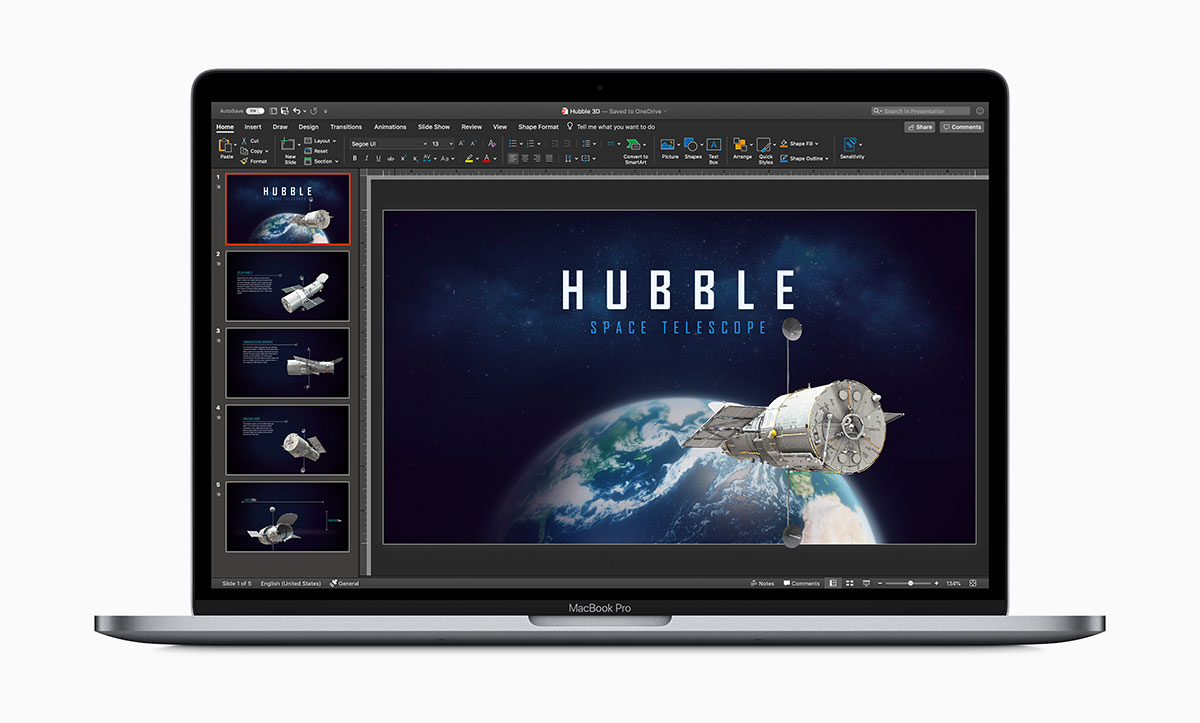
- Microsoft office 365 mac app store install#
- Microsoft office 365 mac app store full#
- Microsoft office 365 mac app store pro#
Microsoft office 365 mac app store full#
To get full value for a perpetual licence you’ll need to download Office directly from Microsoft. They’re intended for Office 365 only, and if you try to activate them with an existing volume licence code they’ll revert to what Microsoft calls a “reduced functionality mode”, where they operate as document viewers and can’t be used to create new documents or modify existing files. If you have a perpetual licence for either Office 2016 or Office 2019, you can’t use it with the Mac App Store versions of Office. Not all machines need to be set up as content cache hosts, and you may prefer to have a system in your IT department set up to act purely as a content cache for any macOS or iOS enterprise apps you’re using.

Apple’s content caching tools can reduce bandwidth demands when updating a large fleet of Macs, similar to using the peer-to-peer updating tools used by Windows.

The Mac App Store version of Office will be updated automatically, on a monthly cadence much like that used by the Windows releases.
Microsoft office 365 mac app store pro#
SEE: Cloud Computing Policy (Tech Pro Research) With work subscriptions, either through Office 365 or Microsoft 365, you can start to use Azure Active Directory to manage access to apps and data and if you’re using OneDrive to store Office files, you can use the same tools to manage user access to corporate cloud storage. Once downloaded, users need to log into an Office 365 account before they can use the apps, either using a personal or a work subscription.
Microsoft office 365 mac app store install#
Not all the Office apps are available through the Mac App Store: you’ll need to install Teams separately. As it’s a one-click download, installation is easy enough, the apps installing into the Applications folder with icons in Launchpad. You can download individual Office apps, or the complete suite of Mac Office: Word, Excel, PowerPoint, Excel, OneNote and OneDrive. Microsoft recently made Office available through the Mac App Store for Office 365 account holders. Microsoft requires apps to be repackaged via its own tooling ( available on GitHub) before it can be delivered through Intune. In many cases you don’t want this level of control over user devices, especially if you’re managing a bring-your-own-device policy. However, while you can use Intune to deploy tools like Office to Macs, you’re limited to using Microsoft’s own deployment tooling via the Intune company portal. As part of improved support for managing Macs as part of a corporate fleet through Intune, you can use standard Apple features to enroll devices in Intune, working with Mac-specific MDM-based management tools to apply policies and deploy apps. With support for OneDrive’s files-on-demand now available on macOS, with integration into the Finder, it’s easier to make a Mac a part of a Microsoft 365-based infrastructure. ICloud Usage Policy (TechRepublic Premium) IOS 16 cheat sheet: Complete guide for 2022 WWDC 2022: Apple reveals new MacBooks, swath of OS enhancements

It’s even got the new Office app icons, and supports the macOS Mojave dark theme. It’s now built on the same codebase as its Windows sibling, with the same features and a user experience that mixes the latest version of the Office ribbon with familiar macOS tools. Microsoft’s macOS version of Office has had a new lease of life over the last couple of years.


 0 kommentar(er)
0 kommentar(er)
